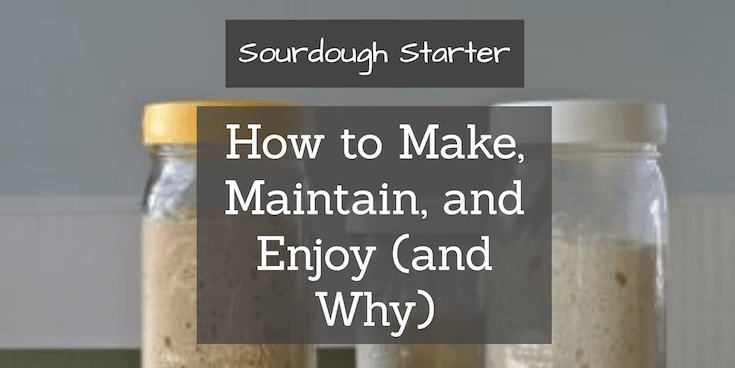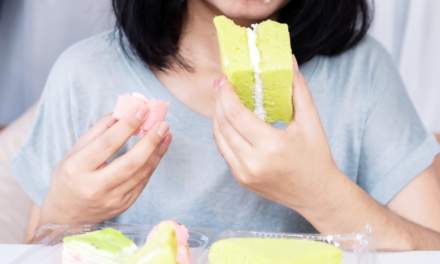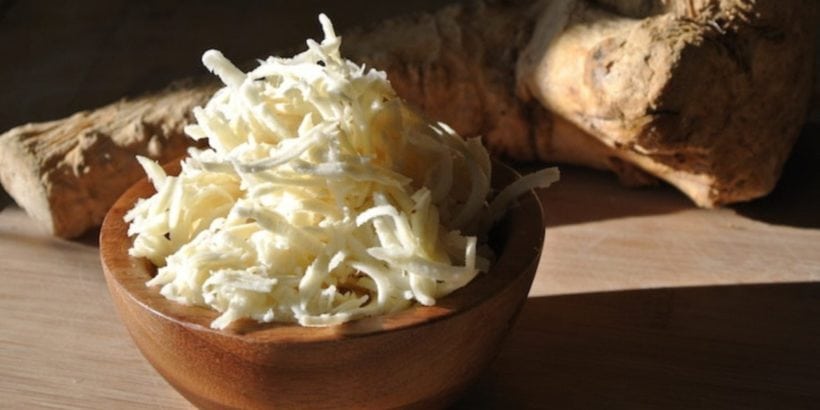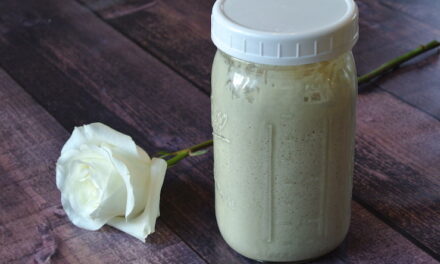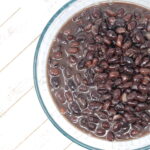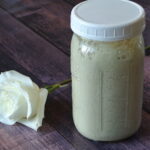Why Sourdough?
- Using a sourdough starter allows you to bake without using commercial yeast. Most commercial yeasts are genetically modified. If that isn’t enough to make you want to avoid them, many people unknowingly react to commercial yeasts. (Bioreal has a GMO-free yeast that I use occasionally. Go here to find out what is so bad about GMOs.)
- The process of fermenting the wheat (or any grain or seed) releases it’s phytates. Phytates bind up valuable vitamins and minerals. Once the phytates are releases, the vitamins and minerals are much more bio-available (ready for your body to use). Using a sourdough starter gives you a nutritious as well as tasty way to make breads, pancakes, waffles, tortillas, and many other treats.
- Grains also move from high on the glycemic index to low on the glycemic index by being soured. This means that the natural sugars in the grain are absorbed slowly instead of quickly which keeps your blood sugar off of the roller coaster.
How do I get a sourdough starter?
OK, you are sold, right? So how do you go about getting and maintaining a sourdough starter? I really recommend that you start with an established starter. Whether you get this from a friend, family member, a Facebook group, or buy it, you will be much happier with your established starter than trying to make your own. I tried numerous times to make my own, and it was time consuming hassle, and it never resulted in good bread or baked goods! I finally purchased a starter from Cultures for Health. I first chose the Parisienne starter. I loved it from the get-go and still continue to use it to this day. I also bought their whole wheat starter and then their gluten-free, brown rice starter which I trained to eat buckwheat. I love all three and use them for different things. Besides providing excellent bread and baked goods, another benefit of an established starter is that it is more forgiving. If you go away on vacation for two weeks and it doesn’t get fed, it will more than likely revive quite nicely for you upon your return.
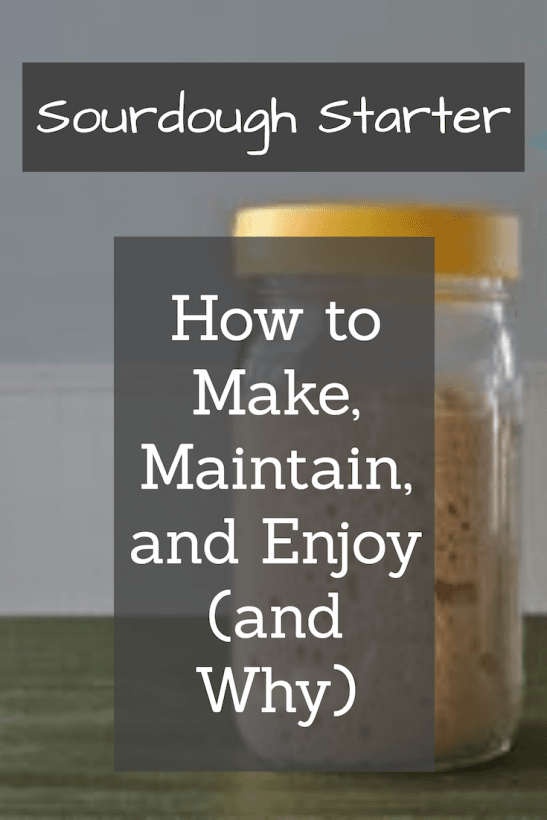
To maintain a sourdough starter:
If you get a starter from a friend, it will most likely be live and you will just need to maintain it. If you get a dehydrated one like those from Cultures for Health, you will need to follow the directions on the box to re-hydrate it first.
Your starter will need to be fed about once a week. When feeding, your starter should be room temperature. For 1/4 cup of starter, add 1/4 cup of water and a scant cup of flour. If you don’t want to end up with a lot of discard starter, you could use 1 tablespoon of starter, 1 tablespoon of water, and a scant 2 tablespoons of flour. There are many great recipes that use starter discard, however, (like my sourdough pancake/waffle recipe) so I always enjoy having a jar of discard starter in my fridge. Mix well to aerate! Be sure to choose non-reactive materials such as wood and glass for storing and stirring. I keep my starters in mason jars and use the plastic lids to cover.
Once you feed your starter, if this is just your weekly feed, you should let it sit on the counter for at least an hour or so before refrigerating. If you are actually going to use it to bake, let it sit on the counter for 3 or 4 hours and use right away. Be sure to always save some of your starter to feed to keep it going!
I use my starters to make dinner bread, sandwich bread, soft pretzels, muffins, cookies, pop overs, pancakes, waffles, dutch babies, crepes, tortillas, and more!! Go here for a great beginner’s sourdough sandwich loaf from Kitchn. It is super simple!
If you would like to watch helpful videos about sourdough and other ferments, Cultures for Health has a ton of them.
Do you use a sourdough starter? What types of things do you make? If not, are you going to give it a try? If you do, let me know how it goes!

